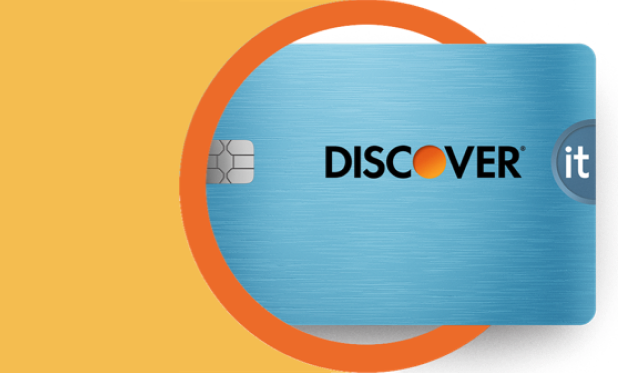Whether you’d like to buy a house or apply for a credit card, your credit score may impact your borrowing options. But what exactly does that three-digit number mean, and what sets FICO® Scores apart from other credit scores?
According to Consumer Financial Protection Bureau (CFPB), a credit score is a number (generally from 300 to 850) that quantifies the borrowing and repayment history documented in your credit report.
Credit scores range from poor to exceptional, and they change over time because of your credit activity. A credit card company may use your credit score to understand how likely you are to repay your credit. The CFPB also says a higher credit score may qualify you for a higher credit limit and better interest rates.







